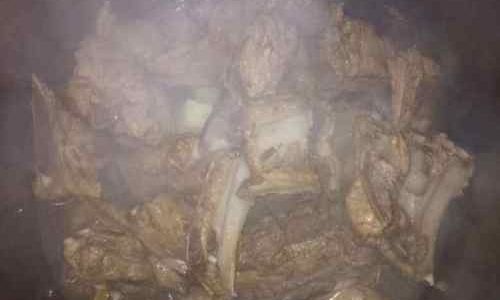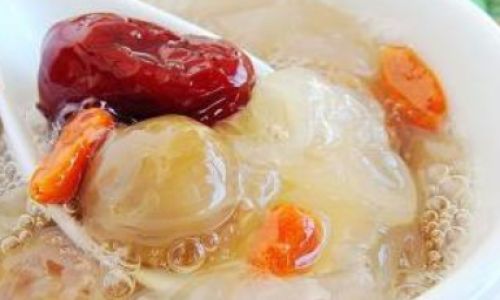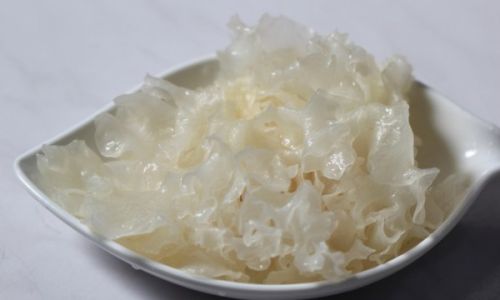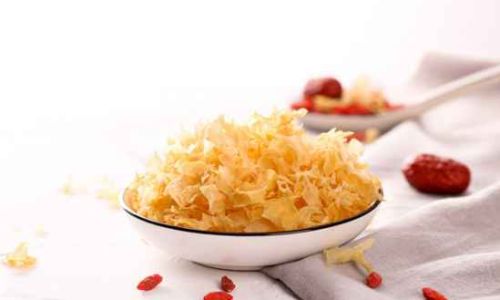Table of content
Cooking ribs can be a delightful culinary endeavor, but it often requires patience and time, especially when done traditionally. However, with the advent of modern kitchen appliances like pressure cookers, achieving tender, flavorful ribs has become much faster and more convenient. In this comprehensive guide, we will explore how to cook ribs in a pressure cooker, from selecting the right ingredients to mastering the cooking process. By the end, you’ll be equipped with the knowledge and skills to prepare mouthwatering ribs that will impress even the most discerning palate.
Understanding the Pressure Cooker
Before diving into the specifics of cooking ribs in a pressure cooker, it’s essential to understand what a pressure cooker is and how it works. A pressure cooker is a sealed pot that uses steam pressure to cook food at higher temperatures than conventional cooking methods. This increased pressure and temperature allow food to cook faster and more evenly, retaining more moisture and flavor.
Modern pressure cookers, such as electric models like the Instant Pot, have made the process even more user-friendly. They often come with multiple settings, timers, and safety features that make them safer and easier to use than older stovetop models.
Benefits of Using a Pressure Cooker for Ribs
- Speed: Pressure cooking significantly reduces the cooking time for ribs, making it an excellent choice for busy cooks.
- Tenderness: The high pressure and temperature break down the collagen in the ribs, resulting in tender, fall-off-the-bone meat.
- Flavor Retention: The sealed environment of the pressure cooker traps in juices and aromas, enhancing the flavor of the ribs.
- Energy Efficiency: Pressure cooking is more energy-efficient than conventional oven or stovetop methods, as it requires less time and energy to reach the desired cooking temperature.
Ingredients and Equipment
Ingredients:
- Ribs (baby back, spare, or country-style, depending on your preference)
- Salt and pepper
- Your favorite rib seasoning or dry rub (brown sugar, paprika, garlic powder, onion powder, chili powder, etc.)
- Liquid (water, broth, beer, or apple cider vinegar)
- Optional: aromatic vegetables (onions, carrots, celery), liquid smoke, and barbecue sauce for finishing
Equipment:
- Pressure cooker (electric or stovetop)
- Trivet or rack (if your pressure cooker doesn’t have a built-in one)
- Tongs or meat forks for handling hot ribs
- Measuring cups and spoons
- Mixing bowls for seasoning
- Aluminum foil or silicone lid lifter (for easy and safe pressure release)
Step-by-Step Guide to Cooking Ribs in a Pressure Cooker
Step 1: Preparing the Ribs
-
Selection and Trimming: Choose ribs that have a good meat-to-bone ratio and are relatively uniform in thickness. Trim any excess fat or silver skin from the ribs. This step is crucial for achieving a better texture and flavor.
-
Seasoning: Season the ribs generously with salt and pepper on all sides. Then, apply your favorite rib seasoning or dry rub. Make sure to rub the seasoning into the meat to ensure even coverage. You can let the ribs sit for a while (30 minutes to an hour) to allow the seasoning to penetrate the meat, or proceed directly to cooking.

Step 2: Preparing the Pressure Cooker
-
Adding Liquid: Pour a small amount of liquid into the bottom of the pressure cooker. This can be water, broth, beer, or apple cider vinegar. The liquid should be just enough to create steam but not enough to submerge the ribs. Typically, around 1/2 to 1 cup of liquid is sufficient for most pressure cookers.
-
Adding Aromatics (Optional): If you’re using aromatic vegetables like onions, carrots, and celery, chop them into large pieces and add them to the bottom of the pressure cooker. These will add depth and complexity to the flavor of the ribs.
Step 3: Arranging the Ribs
-
Using a Trivet: Place a trivet or rack in the bottom of the pressure cooker. This keeps the ribs from sitting directly in the liquid, ensuring they stay moist but not waterlogged.
-
Adding the Ribs: Carefully place the seasoned ribs on top of the trivet. If you’re cooking multiple racks of ribs, stack them in a single layer or arrange them so they don’t overlap too much.
Step 4: Pressure Cooking
-
Locking and Sealing: Secure the lid of the pressure cooker and ensure it’s properly sealed.
-
Setting the Timer: For baby back ribs, cook on high pressure for about 25-30 minutes. For spare ribs, which are typically thicker and have more bone, cook for 35-40 minutes. Country-style ribs, which are more like pork chops, may require only 20-25 minutes.
-
Allowing for Natural Pressure Release: Once the cooking time is up, let the pressure release naturally. This can take anywhere from 10 to 30 minutes, depending on the model of your pressure cooker and the amount of food inside. Natural pressure release helps the ribs to continue cooking gently and ensures they are tender and juicy.

Step 5: Finishing the Ribs
-
Removing the Ribs: Carefully open the pressure cooker and remove the ribs using tongs or meat forks. Place them on a baking sheet lined with aluminum foil or parchment paper.
-
Optional Broiling: If you prefer a bit of a caramelized crust on your ribs, preheat your broiler to high. Brush the ribs with your favorite barbecue sauce and broil for 2-3 minutes on each side, or until the sauce is bubbly and the ribs have a nice glaze. Watch them closely to avoid burning.
-
Resting: Let the ribs rest for a few minutes before serving. This allows the juices to redistribute, ensuring each bite is as juicy and flavorful as possible.
Step 6: Serving and Enjoying
-
Plating: Serve the ribs with your favorite sides, such as baked beans, cornbread, or mashed potatoes. Garnish with fresh herbs or a sprinkle of additional seasoning if desired.
-
Storing Leftovers: If you have leftovers, store them in an airtight container in the refrigerator for up to 3-4 days. Ribs can also be frozen for longer storage. To reheat, thaw if frozen and then warm in the oven at a low temperature (around 250°F or 120°C) until heated through.
Tips and Tricks for Perfect Ribs
- Seasoning: Don’t be afraid to experiment with different seasoning blends. A good rule of thumb is to balance sweet, savory, and spicy flavors.
- Liquid Choice: The type of liquid you use can impact the flavor of your ribs. Broth will add richness, beer can add a malty sweetness, and vinegar can add tanginess.
- Natural vs. Quick Release: While quick pressure release is convenient, natural release tends to yield more tender and juicy ribs.
- Monitoring Doneness: Ribs are done when they are tender and can be easily pulled apart with a fork. If they still feel tough, you can cook them for an additional 5-10 minutes and then let the pressure release naturally again.
- Sauce Timing: If you’re adding sauce, be mindful of how much liquid it contains. Too much sauce can make the ribs soggy. Applying it during the final broiling step helps create a nice glaze without over-saturating the meat.
Conclusion
Cooking ribs in a pressure cooker is a fantastic way to enjoy tender, flavorful ribs without spending hours in the kitchen. By following the steps outlined in this guide, you can achieve restaurant-quality ribs at home with minimal effort. Whether you’re feeding a crowd or just want to treat yourself, pressure-cooked ribs are a satisfying and delicious option. Happy cooking!






0 comments